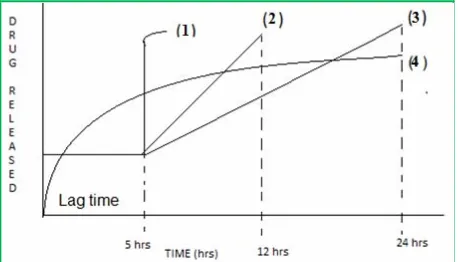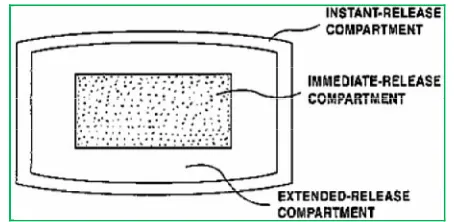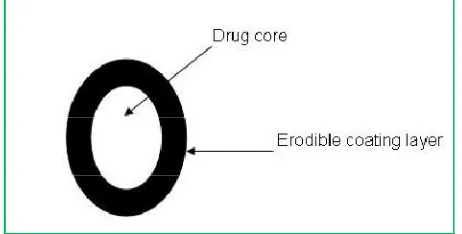“PULSATILE DRUG DELIVERY SYSTEM” by Hiralal S. Chaudhari*,Mahadev S. Lohar, Amol S. Amritkar, Dinesh K. Jain, Dheeraj T.Baviskar, India.
Full text
Figure




Related documents
Methods: Treatment planning using sinus lifting and implant placement before Le Fort I maxillary osteotomy in a patient with severe mandibular and posterior maxillary alveolar
The main purpose of the load-frequency restoration is the ability to adjust the initial frequency, return the frequency to the nominal value, and minimize the transmittance
in addition to inhibition of K + conductance. A ) Acute post-translation modification of transient receptor potential vanilloid 1 function. Activation of phospholipase
The present study demonstrates that working memory has different contributions to predicting speech recognition in adverse listening conditions for younger and older listeners even
Figure 5.14 E-cadherin staining shows that mitotic cells have relatively low levels of cytoplasmic Armadillo in En>Arm wing
This multi-center study found that six months after cataract surgery there were large, significant improvements in visual outcomes, reduced difficulty undertaking
One of the studies (El Maaddawy and Soudki 2003 ) focused on the effectiveness of the impressed (constant) current technique using current densities in the range of 100–500 l A/cm 2
Here, we report the screening of colonies of rhesus ( Macaca mulatta ) and cynomolgus macaques ( Macaca fas- cicularis ) housed at the German Primate Center (Deutsches
